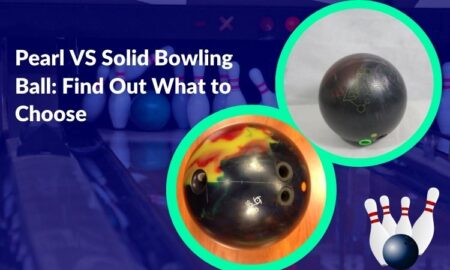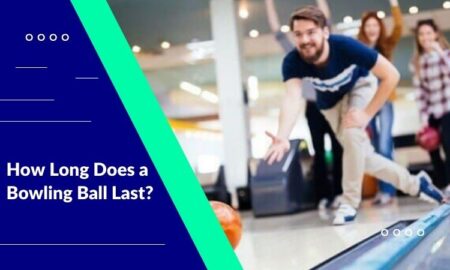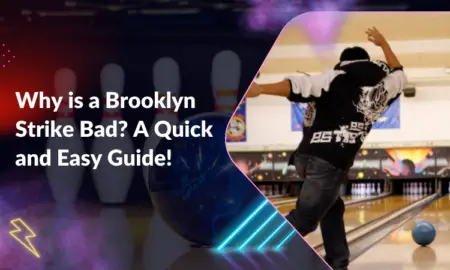Bowling shoes generally tend to run larger than standard sizes. However, certain brand names in the market may offer variations in fit. To choose the right shoe, consider measuring your size, and assessing your bowling habit and environment.
In this article, we’ll delve into the details of whether bowling shoes generally run big or small and provide tips on how to ensure a comfortable fit.
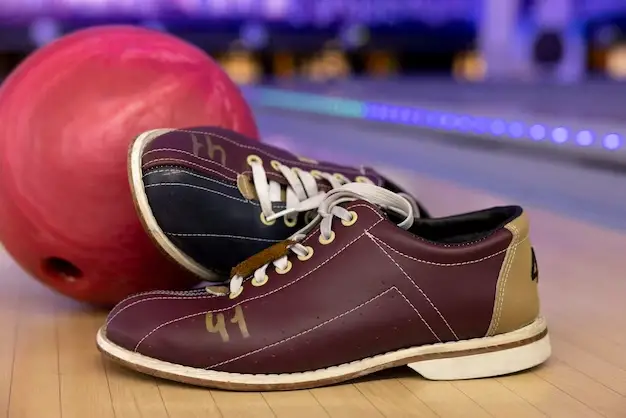
Why Do Bowling Shoes Run Big Or Small?
Bowling shoes often run larger than standard shoe sizes. This tendency is more prominent in men’s bowling shoes and those available at bowling alleys.
However, it’s crucial to note that individual brands may exhibit variations in sizing, with some running larger, smaller, or similar to regular sneakers.
Brand-Specific Considerations:
Different bowling shoe brands may offer various models, each with its unique fit. For instance, Dexter bowling shoes are generally known to run large, but certain models may have a more snug fit.
Always consult the product description and size chart provided by the brand to ensure an accurate selection.
Width Matters:
Beyond just length, the width of bowling shoes is a crucial factor in achieving a comfortable fit. The width can vary significantly between brands, and it’s essential to consider your foot width when selecting a pair.
Shoes that are too narrow can be uncomfortable, while those that are too wide may lead to instability during play.
For your convenience, here are some of the best shoes for wide feet for bowling.
Should You Size Up or Down Your Shoe?
When it comes to choosing the right size for bowling shoes, it is strongly advised not to size down.
Attempting to force your feet into a smaller size can lead to discomfort, blisters, and a lack of proper support during gameplay. Tight shoes can impede proper foot movement and negatively impact your overall performance.
On the contrary, sizing up is a preferable option. Even a half-size larger or sticking to your regular size allows for a better fit. Trying on shoes within your usual size range and then experimenting with an increase in size can help find the optimal fit.
If the shoes end up slightly bigger, thicker socks can be used to add padding and achieve a snugger fit, ensuring both comfort and support for your feet during bowling sessions.
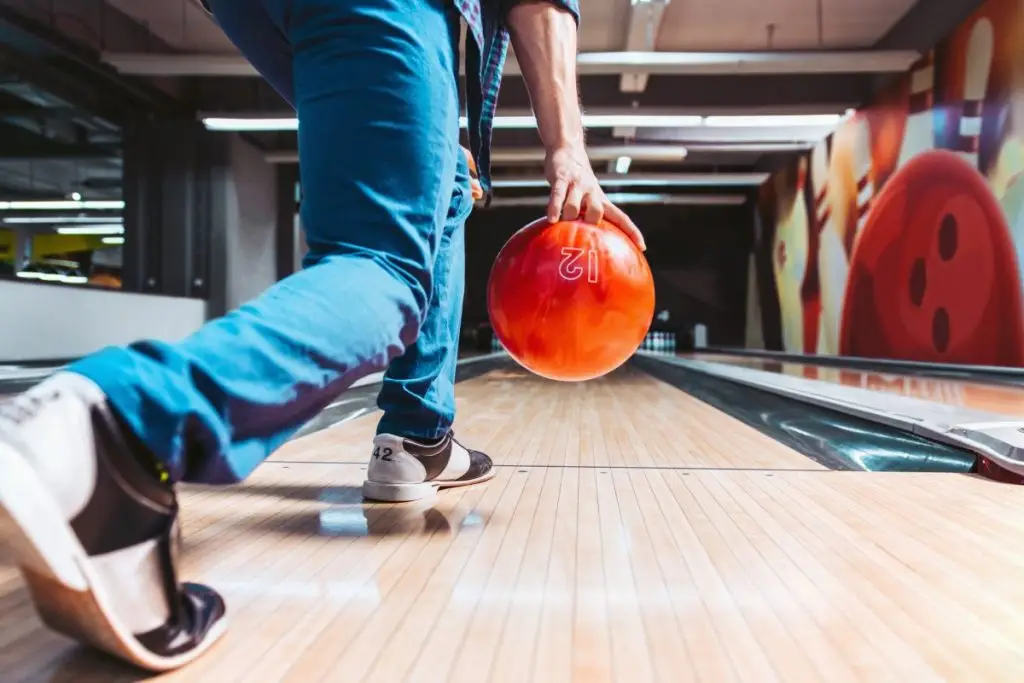
How to Choose The Right Bowling Shoe
Choosing the right bowling shoe is a crucial decision that can significantly impact your comfort and performance on the lanes. To find the best bowling shoes, these are the factors you should consider:
Get Professionally Measured:
Before selecting a bowling shoe, it’s essential to get your feet professionally measured. Even if you think you know your size, having an accurate measurement is vital.
Feet can change shape and size over time, and you may need a wide or narrow-width shoe rather than a standard one.
Consider Your Bowling Frequency:
If you bowl infrequently, renting shoes may be a convenient and cost-effective option. However, for more frequent bowlers, investing in a pair of bowling shoes, even entry-level ones, can be a wise choice.
Regular use justifies the investment, and it often saves money compared to repeated rental fees.
Evaluate Your Bowling Environment:
Where you bowl matters. If you frequent the same bowling alley, a basic bowling shoe might suffice. However, if you play at various locations, especially in different alleys, consider a performance bowling shoe.
These higher-quality shoes often allow for adjustments to adapt to specific lane conditions, providing a more tailored and consistent experience.
Assess Your Level of Competitiveness:
Your level of commitment to bowling influences the type of shoe you should choose.
For regular, social, or casual bowlers, athletic-style bowling shoes resembling sneakers may be suitable. These offer comfort and functionality without the need for high-end features.
For more serious or competitive bowlers, investing in higher-quality bowling shoes becomes crucial. The added durability and performance features can significantly impact your game.
Interchangeable Sole and Heel Pads:
If you are a competitive bowler, consider opting for a performance bowling shoe that features interchangeable soles and heel pads.
These advanced shoes allow you to customize the slide vs. traction of your approach based on the surface conditions of the bowling alley.
This level of adaptability is particularly important for competitive play where precision and control are paramount.
Frequently Asked Questions (FAQs):
Are Bowling Shoes a Risky Choice?
Bowling shoes are generally safe for most individuals. It’s advisable to wear socks or bring a spare pair for hygiene. Using a travel-friendly disinfection spray can add an extra layer of reassurance. For regular bowlers, owning a personal pair is a consideration for comfort and convenience.
How are Bowling Alley Shoes Sanitized?
Bowling alleys diligently clean and disinfect shoes after each use. Some alleys go the extra mile by employing UV light to detect and eliminate microorganisms. Whether through disinfection or UV checks, you can trust that rented bowling shoes undergo thorough cleaning for your safety.
What Materials Compose Bowling Shoes?
Bowling shoes feature a flat sole and no heel, crafted from durable leather and rubber. Synthetic laces are common. The resilient leather ensures longevity, while the rubber soles replicate the alley’s slippery surface. Unique to bowling, these shoes have slide soles, promoting a smooth and gliding motion during play.
Conclusion
Bowling shoes generally tend to run larger, with variations across brands. When choosing, prioritize accurate sizing and consider the width and potential changes in your foot dimensions.
Factors like bowling frequency, location diversity, and competitiveness influence the type of shoe, with serious bowlers benefiting from performance shoes with advanced features.
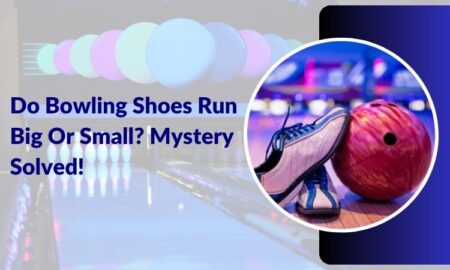

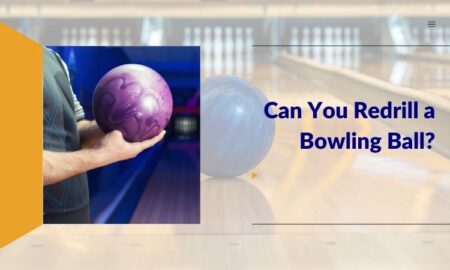
![Urethane Vs Reactive Resin [Choose the best Bowling Ball]](https://bowlingroller.com/wp-content/uploads/urethane-vs-reactive-resin-450x270.jpg)

